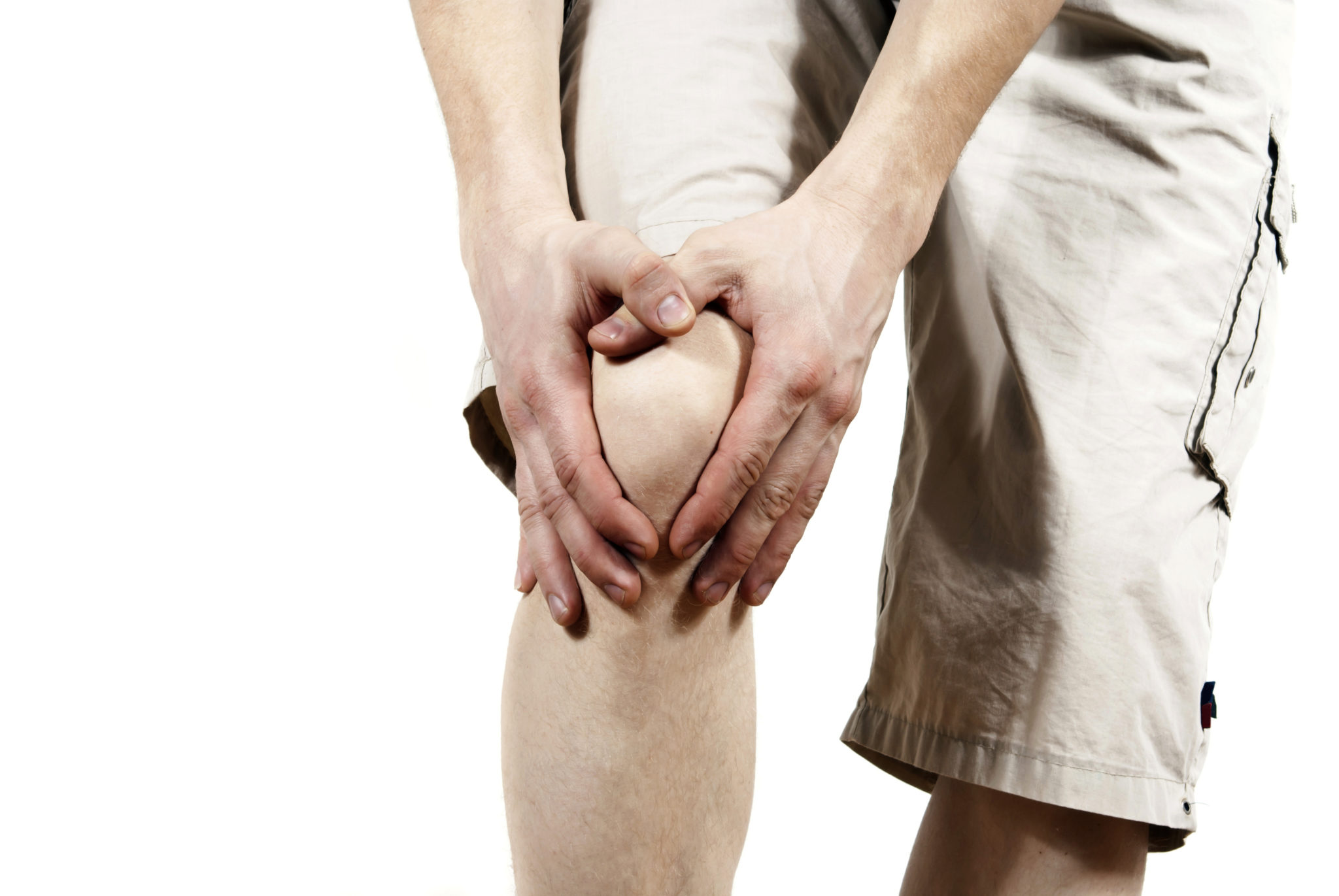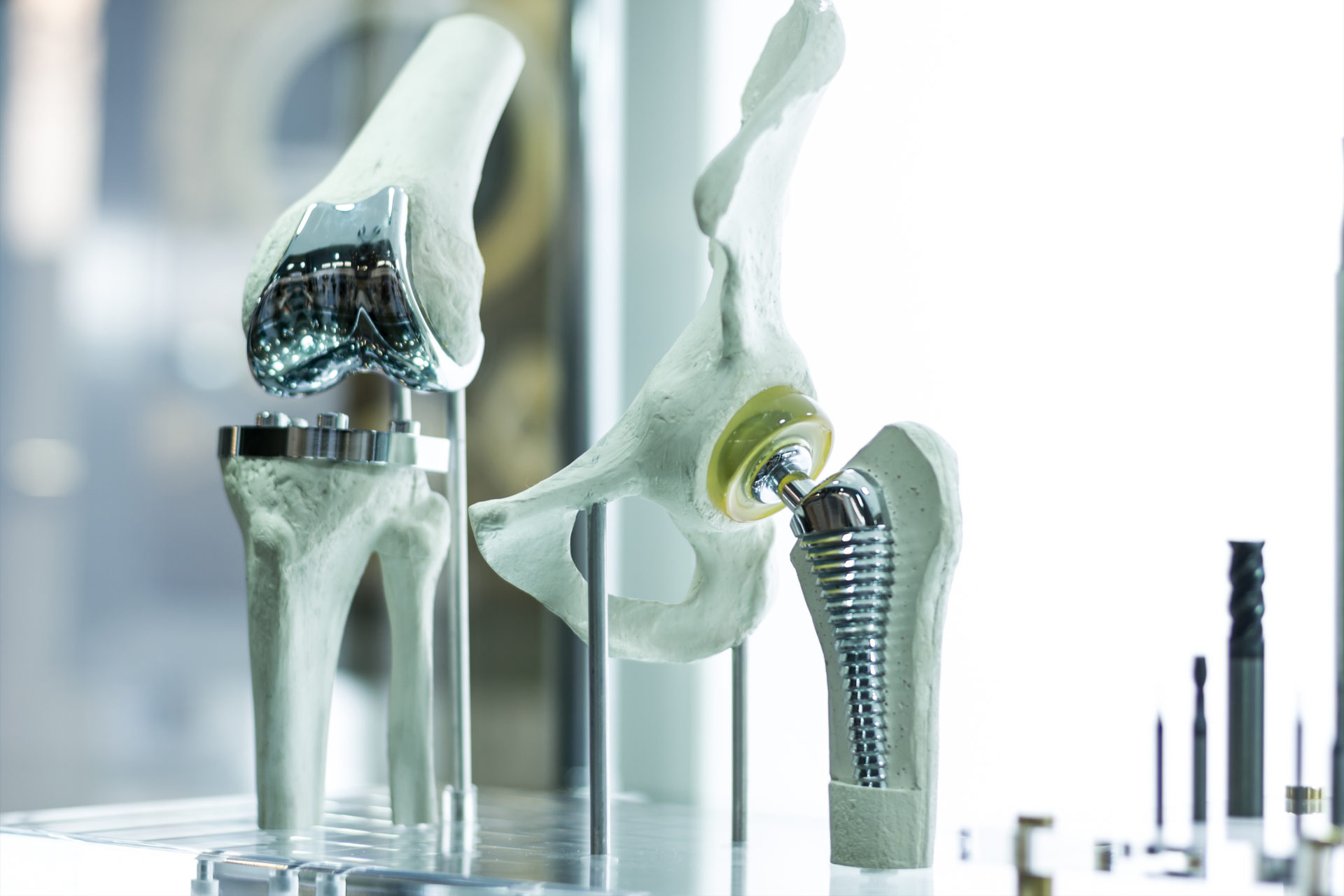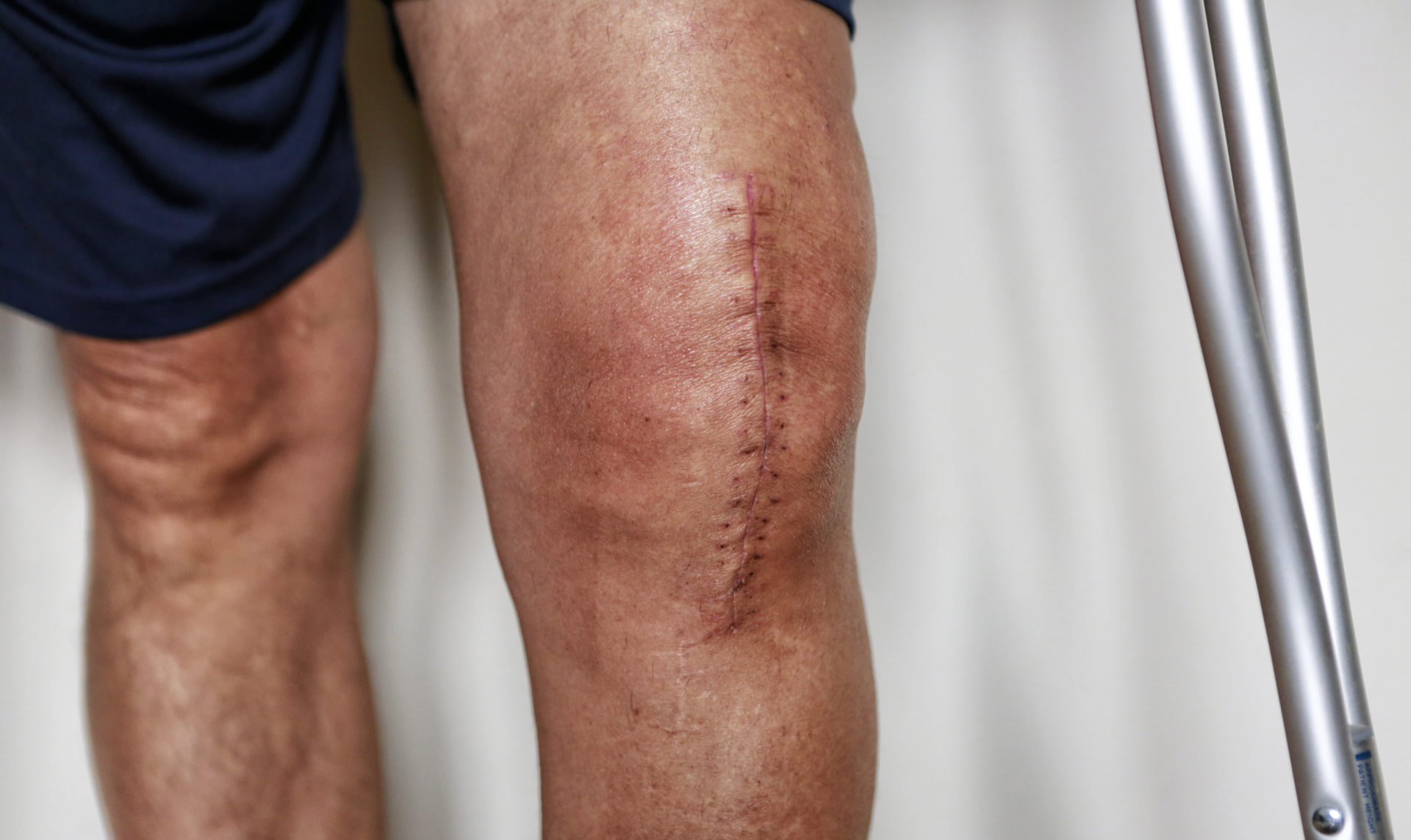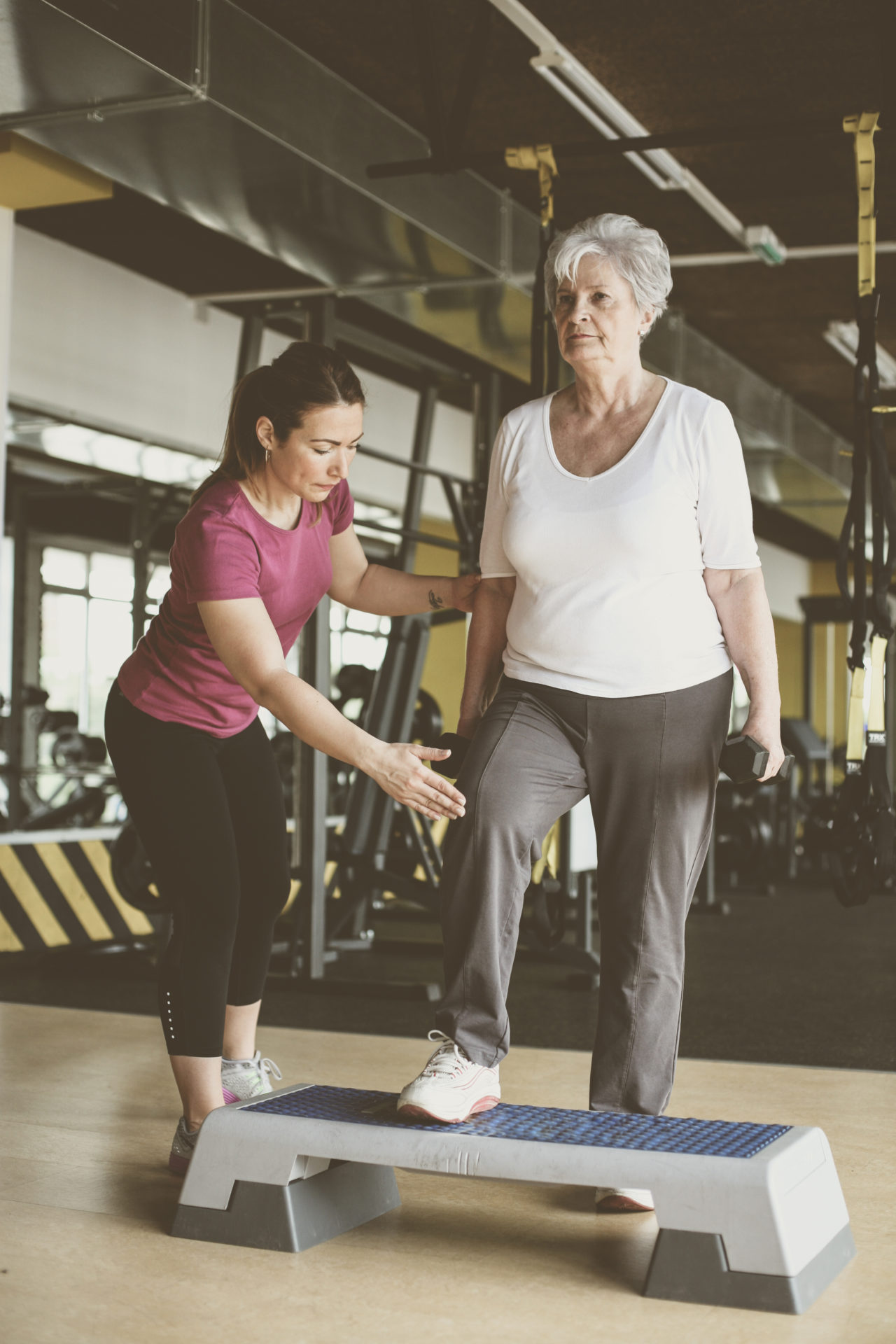Dicky knee. Bung knee. Dodgy knee.

Call it what you like, knee pain isn’t fun and can keep you from doing the things you love. Whether your goal is fitness related, to see the sights on holiday or to get up and down on the ground to play with your grandkids, understanding common causes of knee pain can help you find the right treatment.
Common causes of knee pain include:
- Overuse of the joint
- Age-related joint degeneration
- Osteoarthritis
- Patellar tendinitis
- Referred pain (often from the lower back)
- Bursitis
- Baker’s Cyst
- Trauma (eg. car crash, sports injury)
JUST REPLACE IT!

If you’ve been putting up with knee pain for years, you may be considering a knee replacement. Of course there are many cases where a replacement is the best option, but our Exercise Physiologists encourage clients to consider less invasive options and fully understand the process of joint replacement before going under the knife.
Prehab
Pre-hab training is designed to prepare the affected area prior to surgery by strengthening the surrounding muscles. This can greatly reduce the impact of surgery and improve the effectiveness of rehabilitation, which can reduce your recovery time. It’s not unheard of that a patient will commence pre-hab exercises and in doing so, activate and strengthen their knee to the point that they postpone or avoid surgery altogether.
Rehab

Knee replacements have come a long way since the initial ordeal involving months of rest and getting around on crutches. It’s now common for Physiotherapists to start mobilising the knee joint immediately following surgery and the best case scenario is that patients are able to resume their usual daily activities just 3-6 weeks post-op. Many factors will determine the recovery process, but the level of Physical Activity and the state of the musculature around the knee prior to surgery can play a big part in both the time and extent of recovery.
ACTIVITY TREATING KNEE PAIN
Excluding rehabilitation for trauma to the knee, many other causes of knee pain can be addressed in a similar way. Assessing the movement patterns of the knee and lower body in everyday activities like walking, climbing stairs and standing up out of a chair, can provide a lot of information about how you’re loading through your knees. Incorrect patterning, poor muscle activation and a lack of strength can all result in knee pain. Even when they’re not the cause, improving your biomechanics, muscle activation and strength around the knee joint can all help to reduce pain.
Incorrect patterning, poor muscle activation and a lack of strength can all result in knee pain.
Biomechanics
Biomechanics is a fancy word for how the human body moves. Assessing someone’s biomechanics involves looking at how the muscles, bones, tendons and ligaments work together to produce movement. While the human body is designed to move in a particular way, our lifestyles can often lead to less than ideal biomechanics. If, for example, your walking biomechanics are putting increased stress on the tendons around your knee, the tendon may become irritated and cause pain. By correcting the biomechanics or alignment of your knee, you may be able to reduce that pain.

Muscle Activation
Activating the correct muscles, in the correct sequence, is important for all movements but especially if someone is experiencing joint pain. A common example of improving muscle activation to address knee pain is working on the VMO. The Vastus Medialis Oblique (VMO) is one of the quadriceps muscles, located on the inside of your thigh. The main function of the VMO is to extend the knee and to assist the tracking of the patella (knee cap). Weakness and lack of activation of the VMO can lead to tightness and irritation in other structures of the knee as well as poor patella tracking.
Strength
Although the thought of strength training might seem crazy for anyone experiencing knee pain, hear us out! If the muscles surrounding your knee aren’t strong enough to support your bodyweight for prolonged periods of time or to carry the groceries from the car, then the force is placed through the joint itself which can really increase pain. As we progressively strengthen the muscles around the knee joint, they are more able to absorb the load and reduce the force on the joint itself. Don’t start squatting just yet, an individualised and progressive exercise program under the guidance of an Exercise Physiologist if recommended for anyone with chronic knee pain.
Don’t let knee pain hold you back. Let Bodytrack’s Exercise Physiologists help you get doing the things you love! Contact Us or Book an Assessment for an individualised exercise program to address your knee pain.
Suggested: Exercise for Chronic Pain
